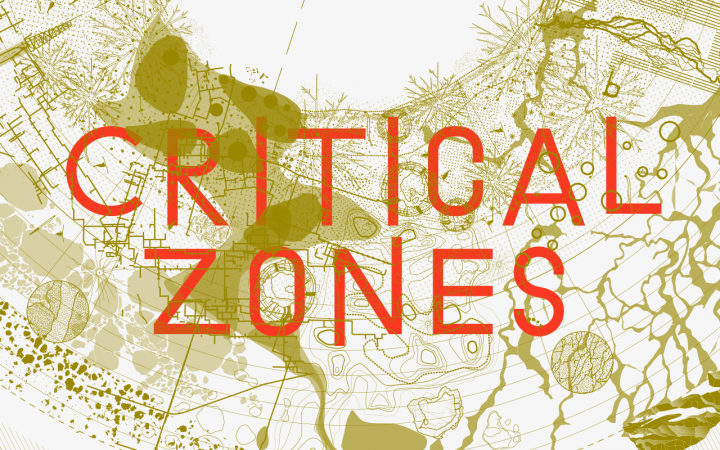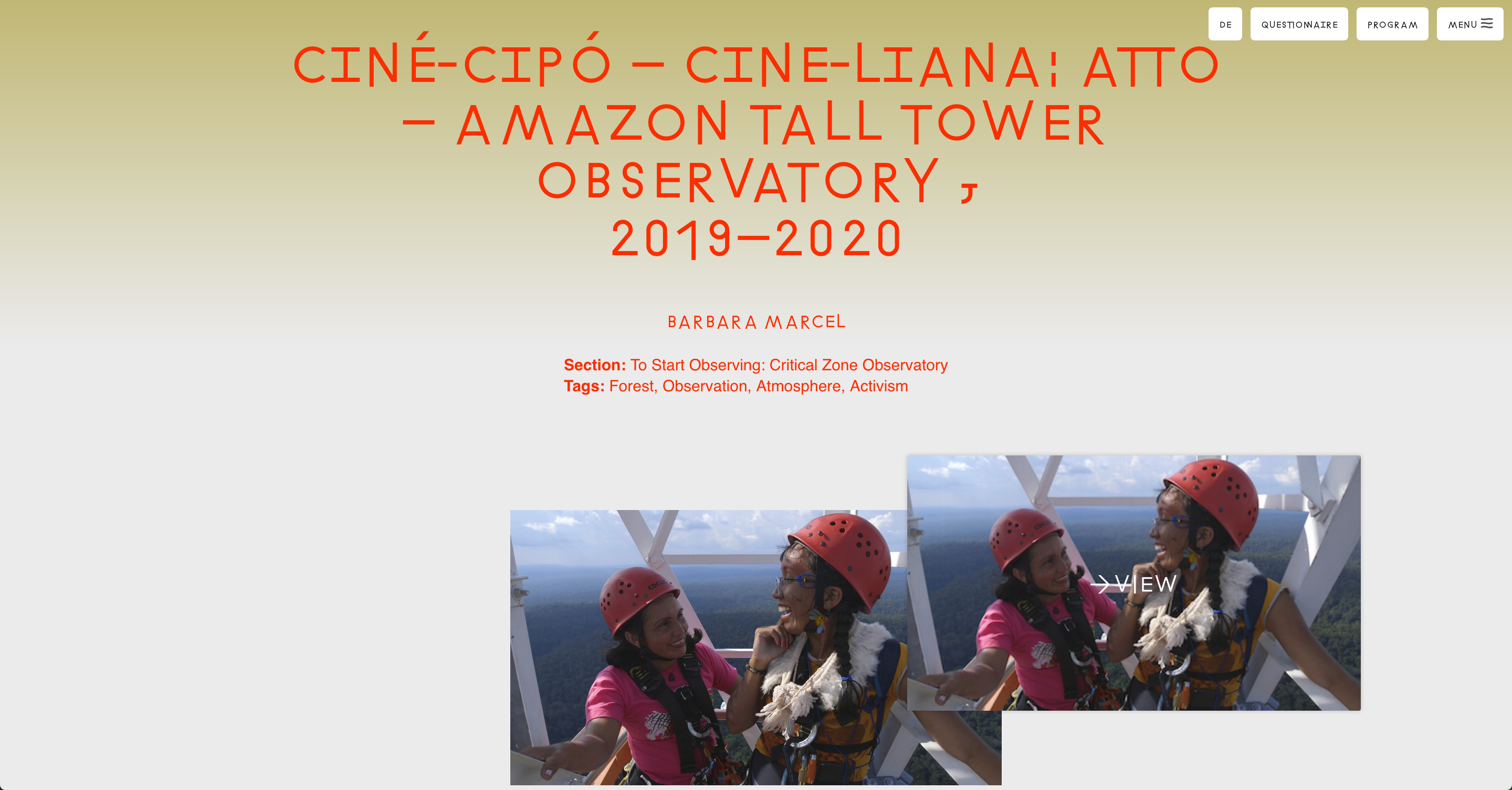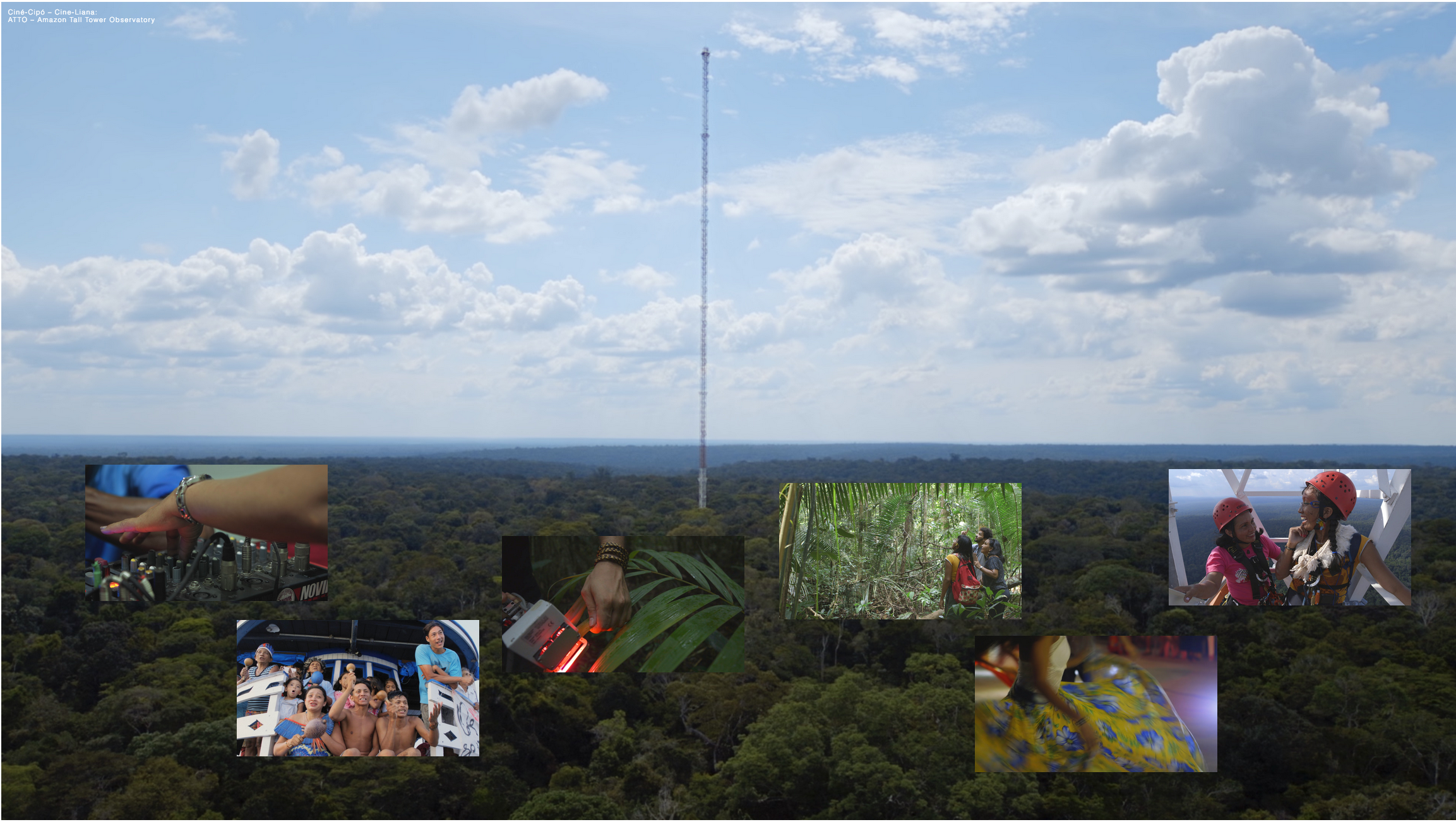CINE LIANA
2020, Ciné-Cipó – Cine-Liana: ATTO – Amazon Tall Tower Observatory. Multichannel video installation, 126 min.
2020, Ciné-Cipó – Cine-Liana: ATTO – Amazon Tall Tower Observatory. Multichannel video installation, 126 min.
The artistic project Ciné-Cipó / Cine Liana at ATTO Tower (2020) shows in a video installation the production and exchange of different types of knowledge – scientific knowledge from the international scientific community as well as traditional knowledge of the people living in the Amazon rainforest. The largest tower in Latin America, the Amazon Tall Tower (ATTO), aims to study the interactions between the forest, soils and atmosphere of the region in order to understand the role of the Amazon basin for the Earth system. The tower is part of an international cooperation between Brazil and Germany, built and financed by INPA - Amazon Research Institute and Max-Planck Institute. For the project, the tower was temporarily occupied and transformed into a community radio under the command of Natalina Oliveira and Milena Raquel Tupinambá. Produced in collaboration with the ZKM - Zentrum für Kunst und Medien Karlsruhe for the exhibition "Critical Zones - Observatories for Earthly Politics", curated by Bruno Latour, Peter Weibel, Martin Guinar and Bettina Korintenberg, the project's proposal was to create a meeting between two popular radio communicators from Pará and research scientists from ATTO.
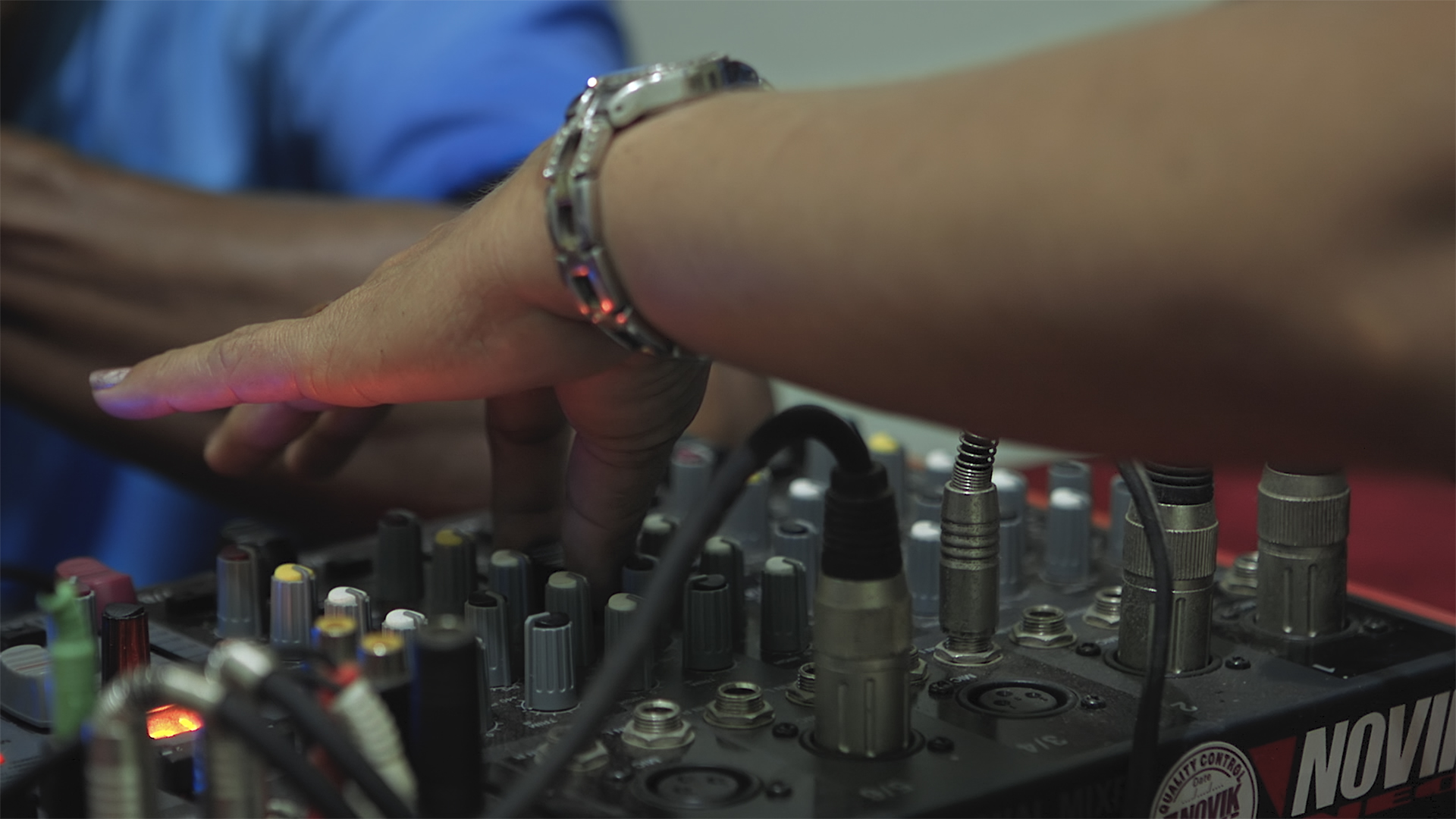
How is the scientific knowledge produced at ATTO democratized? How does this knowledge impact and dialogue with indigenous quilombolas and riverside communities? Making data accessible to the global scientific community is as challenging as communicating it to more people. The artist therefore proposes a collaboration between scientists and local radio communicators of Resex Tapajós-Arapiuns river. The scientific results and traditional knowledge are set in relation, forming an alliance for the defense of the Amazonian biodiversity. Atmospheric and earthly data are translated into popular communication via a radio show with spots, interviews and songs, what means a gesture of empowering of the local communities as the information gets distributed in an accessible way. During the process, scientific evidence and ancestral knowledges sometimes intersect, occasionally disconnect, while the scientific community listens and also learns more about the struggles in defence of the territories and local livelihoods of the Amazonian populations, demystifying universalizing assumptions. The dialogue between scientists and local inhabitants gets going in a transmission and acknowledgment of other than scientific forms of knowledge, addressing a core question of the actual debates around the environmental crisis we are living: How is the public debate about the socioenvironmental crisis conducted? Who speaks from which point and where do the different discourses enter into dialogue?
The 4-Channel installation is on display between Sat, 23.05.2020 - Sun, 09.01.2022 at the ZKM in Karlsruhe. A partial online version at the Critical Zones exhibition site can be accessed through the following direct link: https://critical-zones.zkm.de/#!/detail:cine-cipo-cine-liana-atto-amazon-tall-tower-observatory


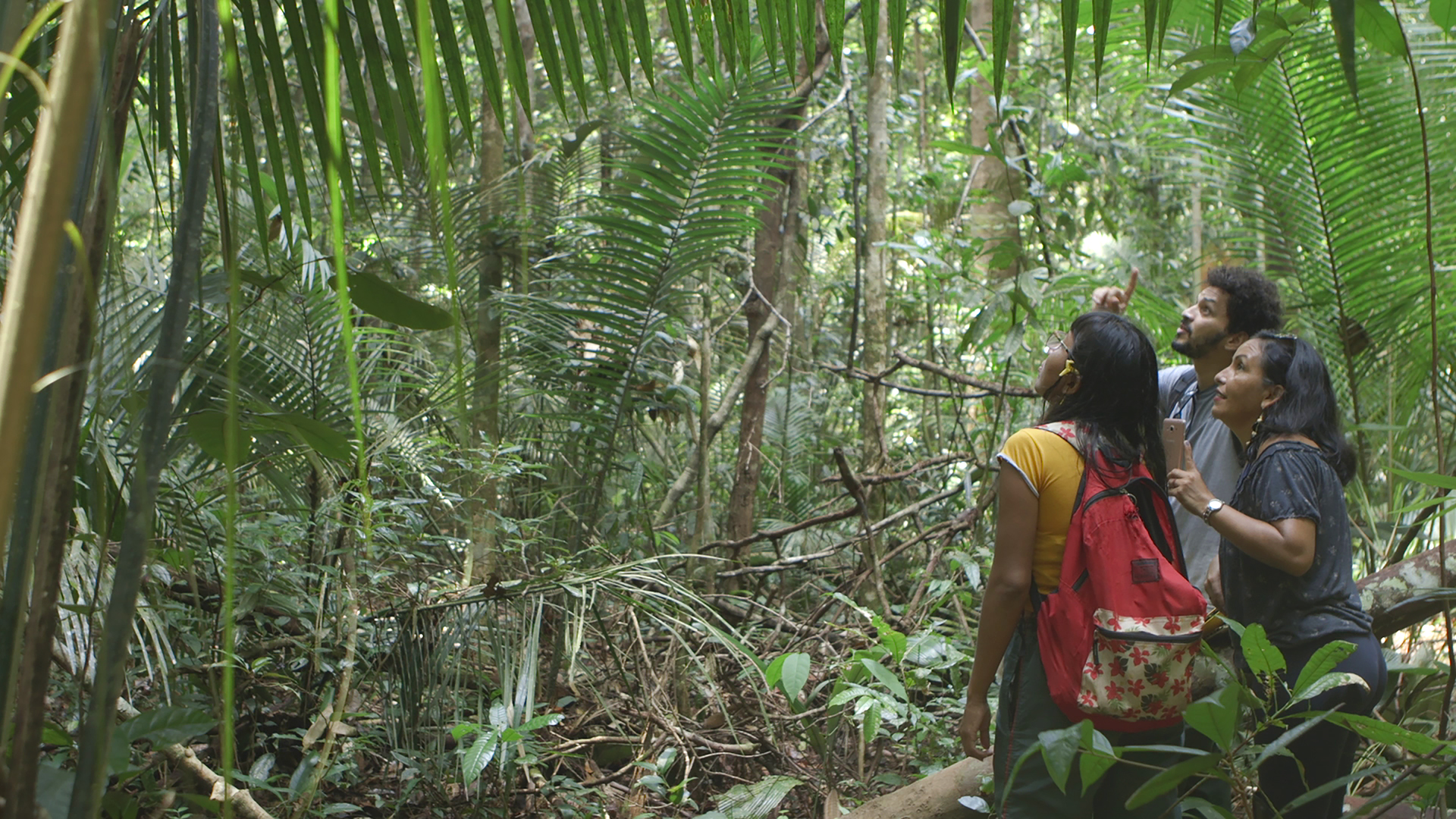

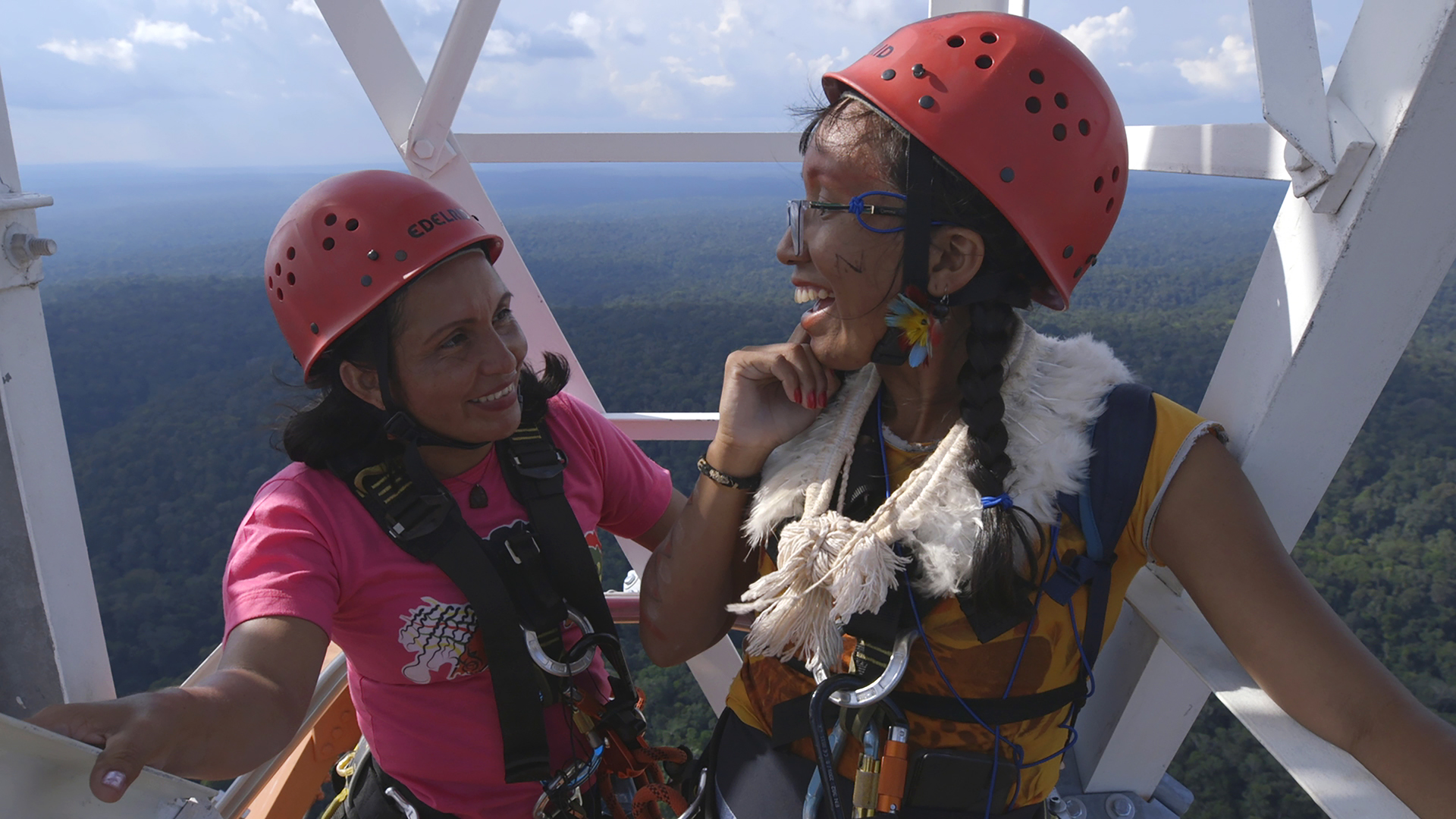
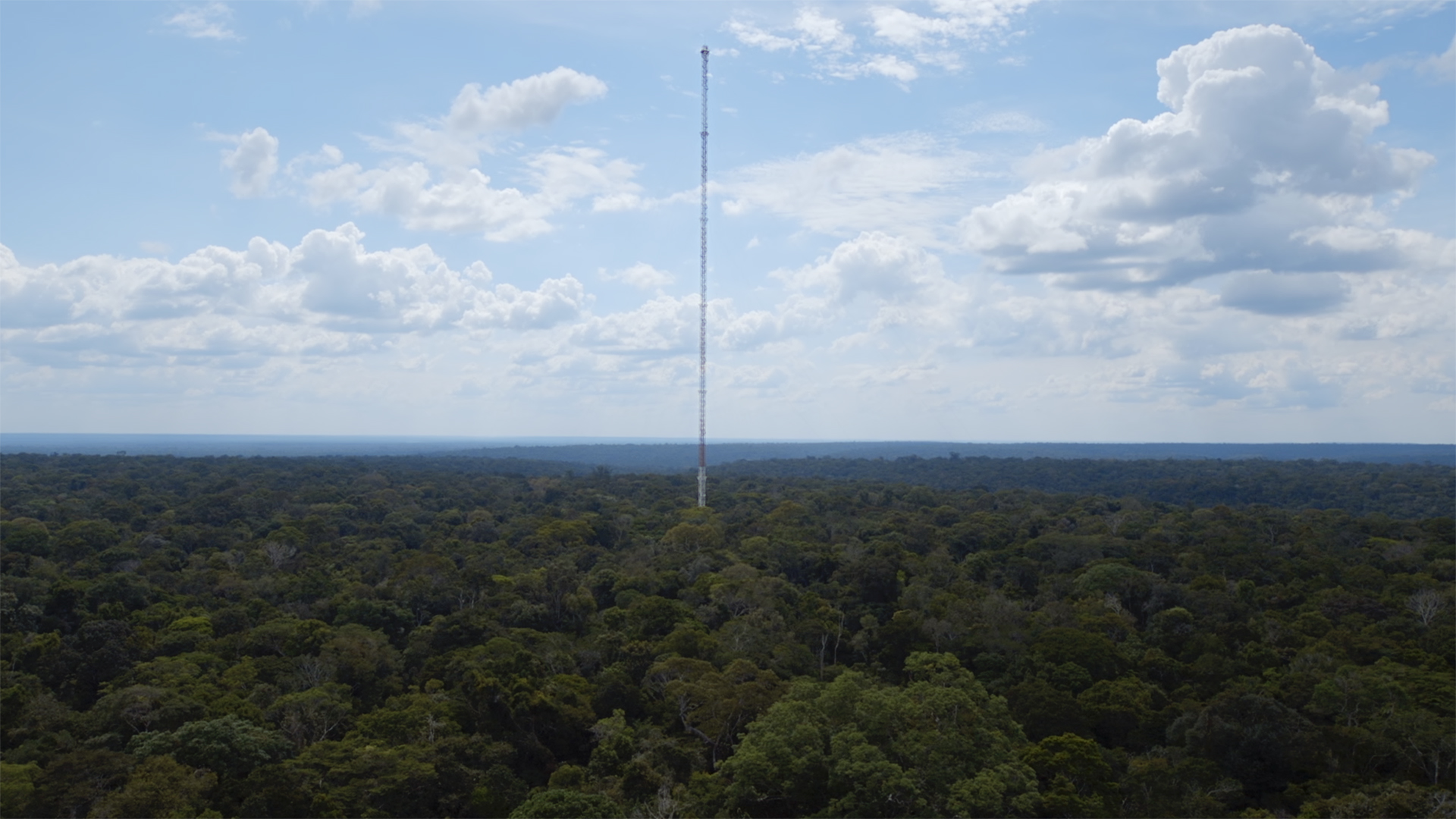
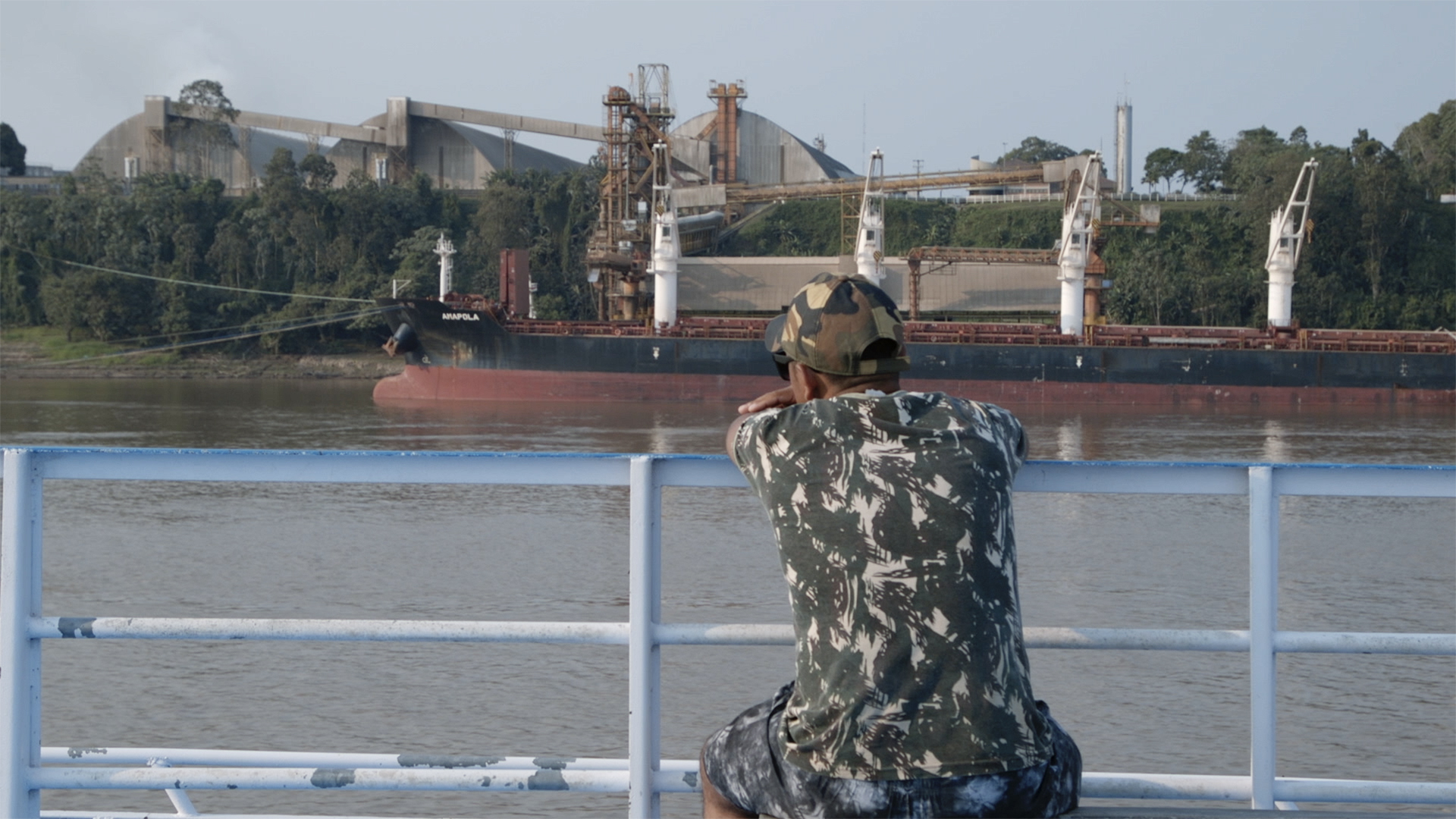


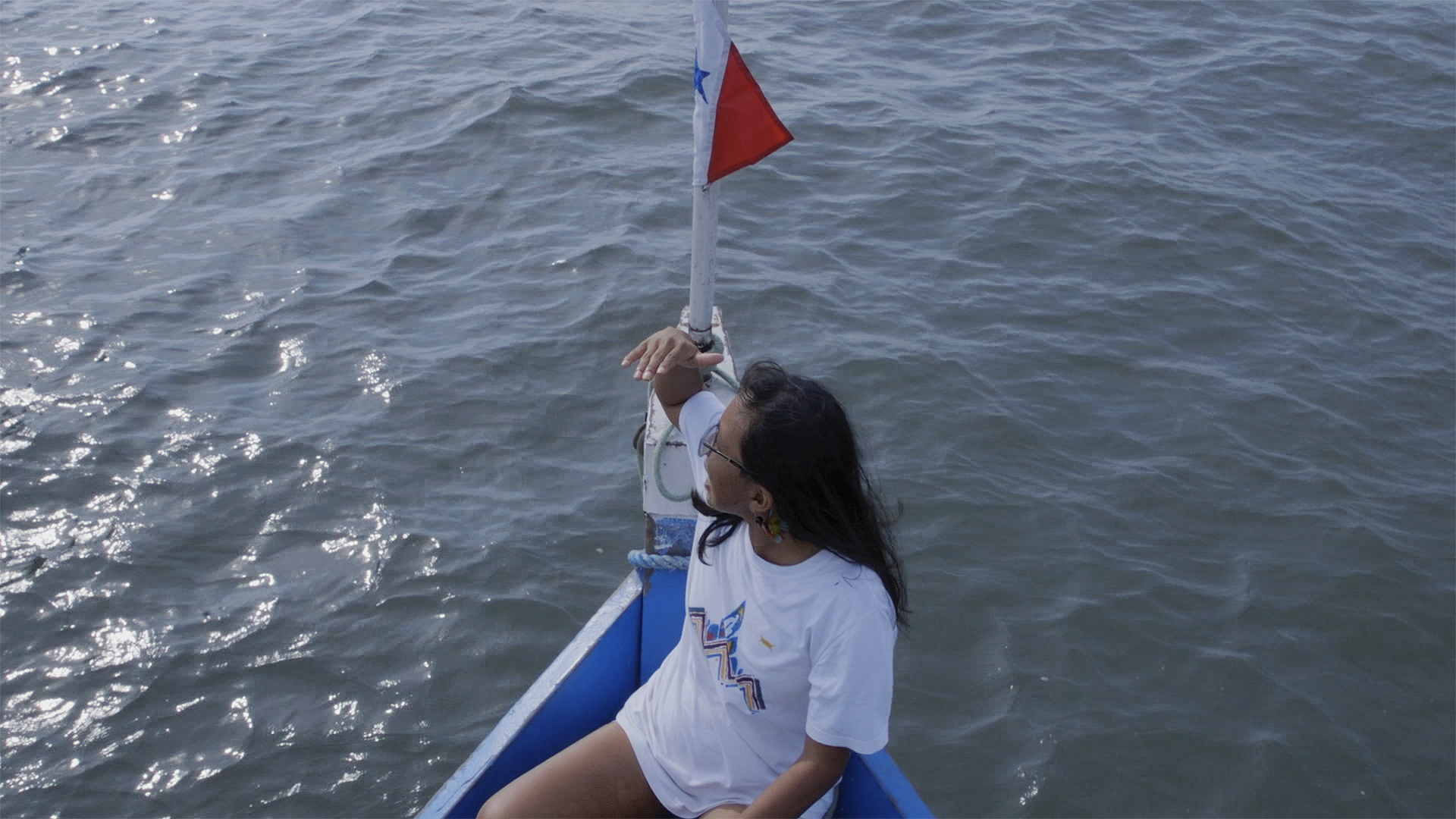



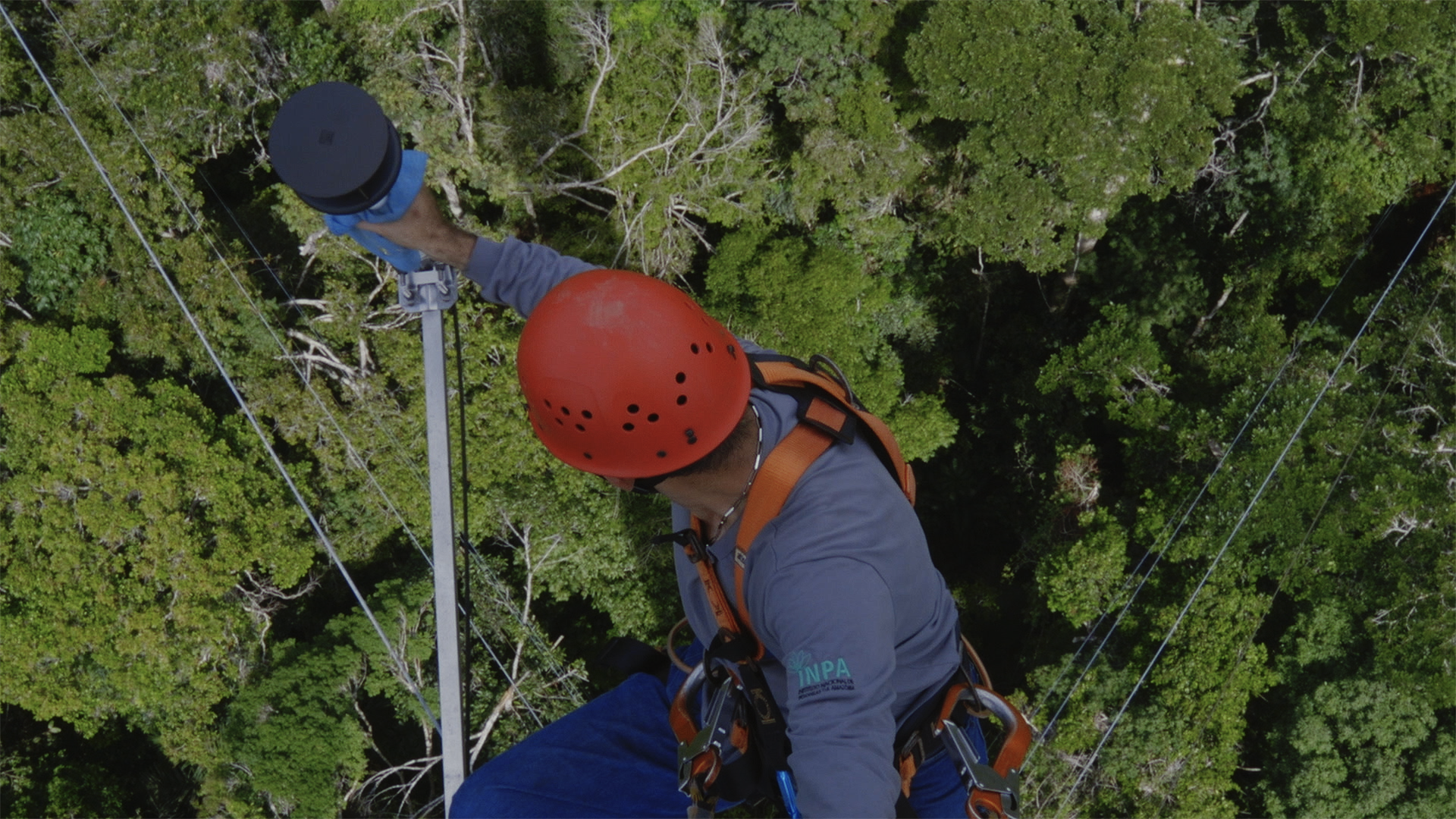
Technical Specifications
Produced in collaboration with the ZKM | Karlsruhe
Barbara Marcel with Natalina do Carmo Oliveira, Milena Raquel Tupinambá
Presenting Natalina do Carmo Oliveira, Milena Raquel Tupinambá; Direction and Production: Barbara Marcel; Image: Felipe Frozza, Barbara Marcel; Direct Sound: Anne Santos; Set Production: Kandyê Medina, Thais Helena Medeiros, Bruna Bichara; Editing: Célia Freitas, edt.; Editing Assistance: Beatriz Krieger, Felipe Frozza; Sound Mixing: Sarah Lelièvre; Colorist: Guilherme Begué; Finishing Editor: Beatriz Krieger; Music: Suraras do Tapajós
Funded by: Instituto Serrapilheira, Max Planck Institute for Biogeochemistry Jena
Supported by: INPA-National Institute of Amazonian Research, Goethe-Institut São Paulo, Casa Bicho
The ATTO project is funded by: German Federal Ministry of Education and Research (BMBF), Brazilian Ministry of Science, Technology and Innovations, Max Planck Society, Finep, Fapeam, and Fundação Eliseu Alves.
